
NPS

Crater Lake Ecological Investigations
Due to its near pristine condition, Crater Lake is recognized internationally as a premier outdoor laboratory. Research on the lake has resulted in long and continuous data sets and has attracted many new research interests. Future research will be focused on the lake's moss community, the feasibility of controlling non-native crayfish and potential indicators of global change. Learn more....

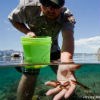
Crater Lake Newt Studies
The Mazama newt is a subspecies of rough-skinned newt (Taricha granulosa) that lives on in Crater Lake. Prior to the introduction of trout and crayfish, this unique amphibian occupied a key ecological niche as the top aquatic predator in Crater Lake. Studies indicate that newts and crayfish rarely co-occur and crayfish displace newts from their habitats. Learn more....
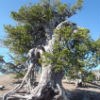
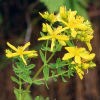

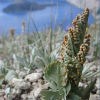
There are 761 vascular plant species in Crater Lake National Park. Of these 27 are listed as rare. Some like the Crater Lake Rockcress are found nowhere else in the world. Due to their limited numbers and habitats these species are vulnerable to impacts from park operations and visitor use. Park Biologists are surveying these rare plants to better understand their ecology and conservation. Learn more....
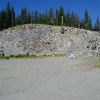


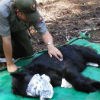
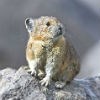

Last updated: May 20, 2016
